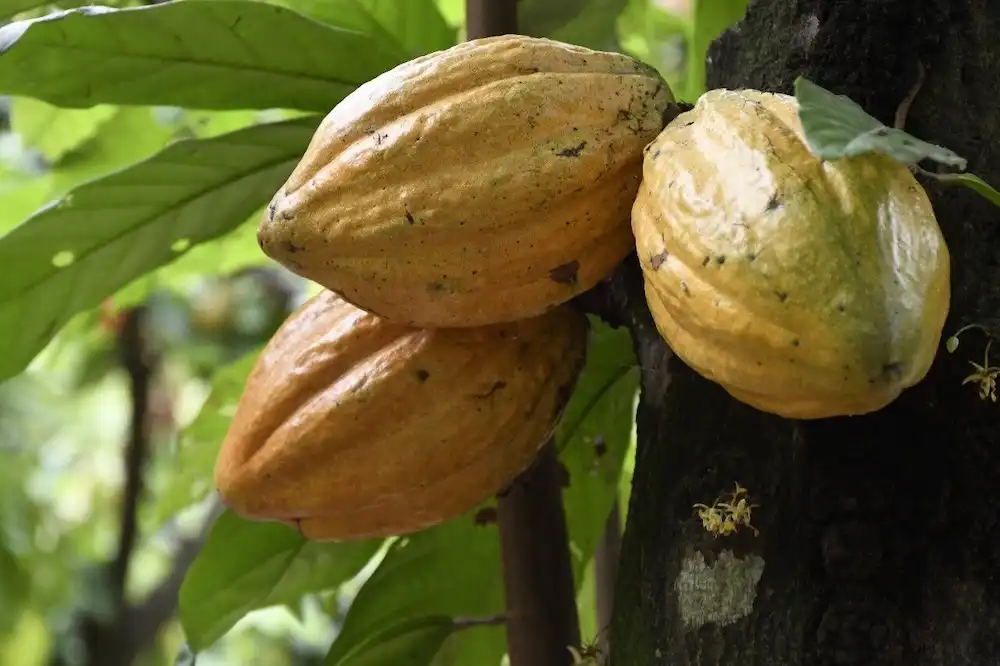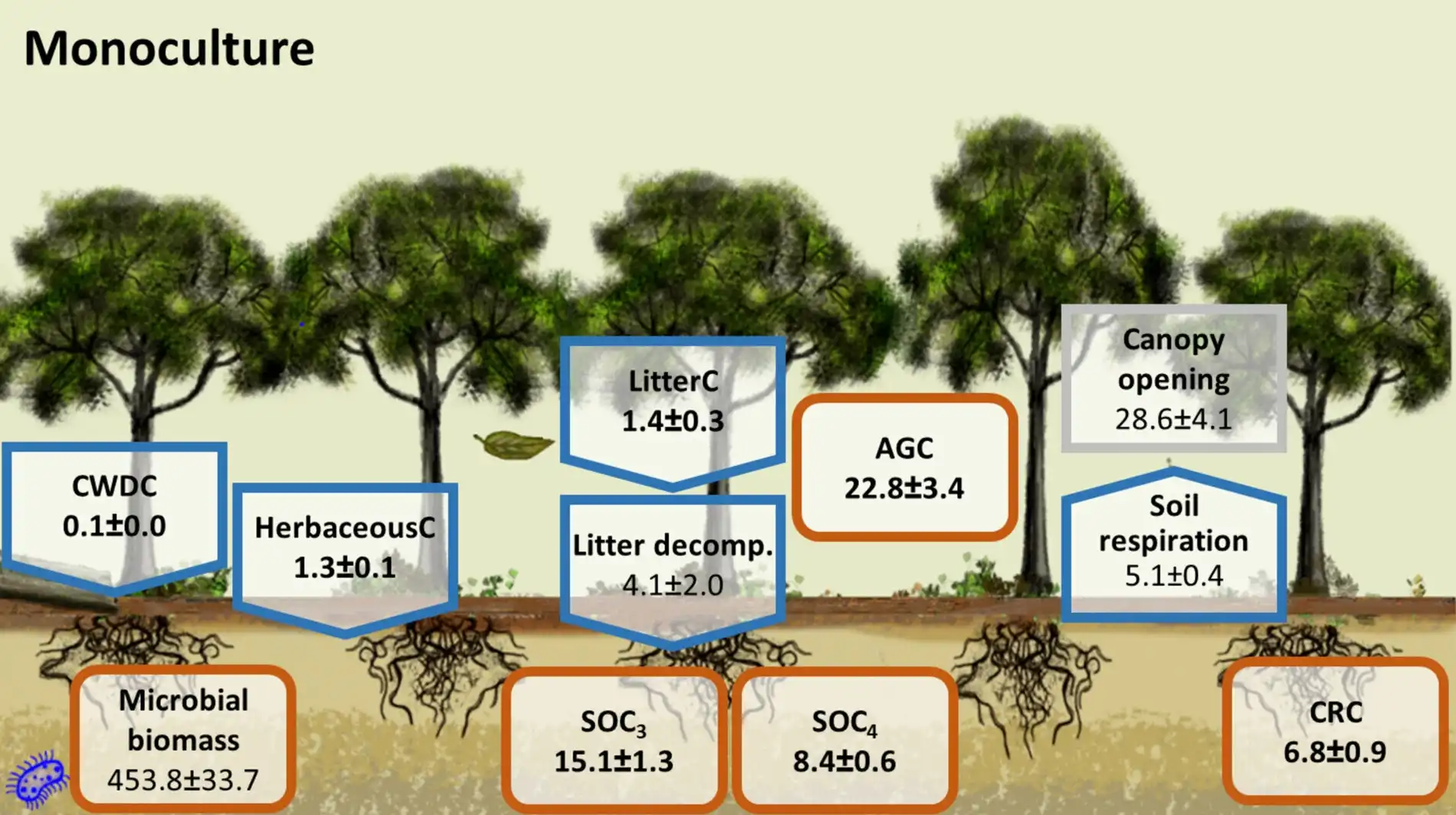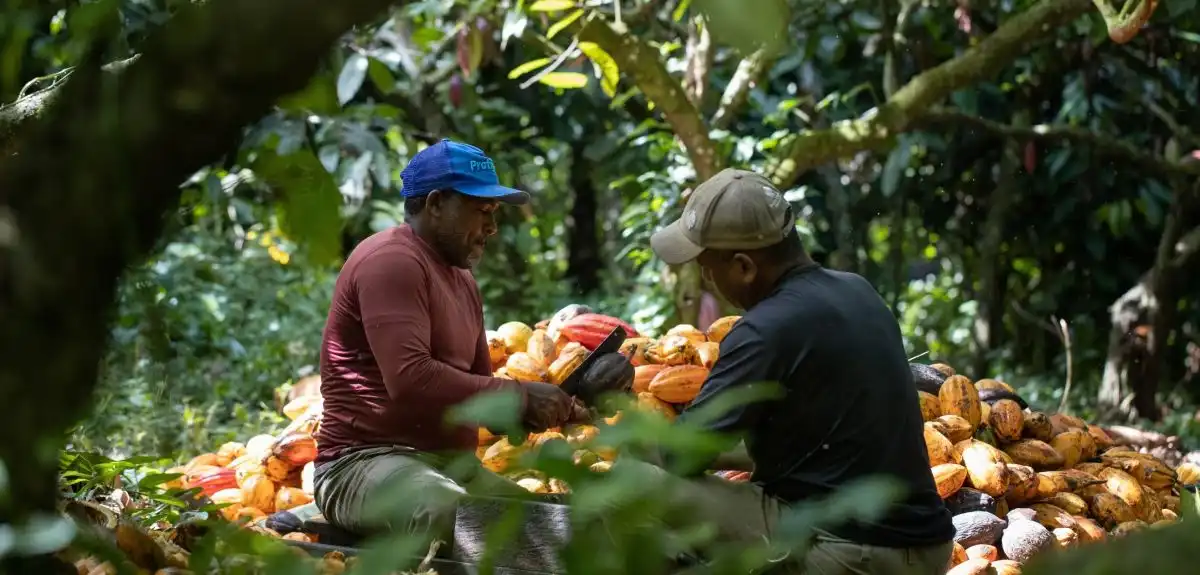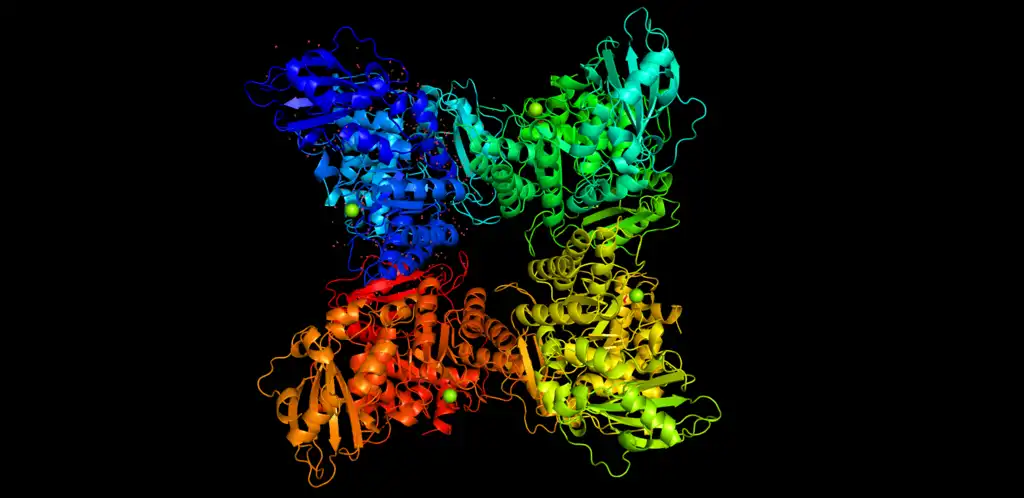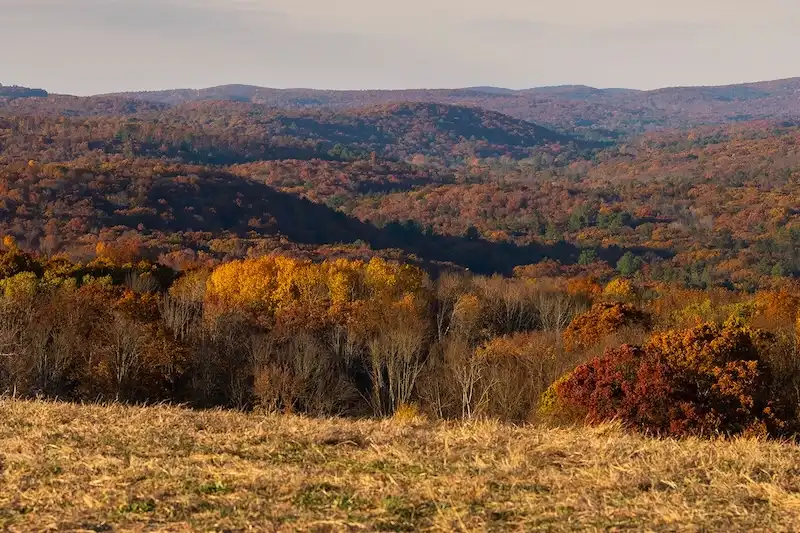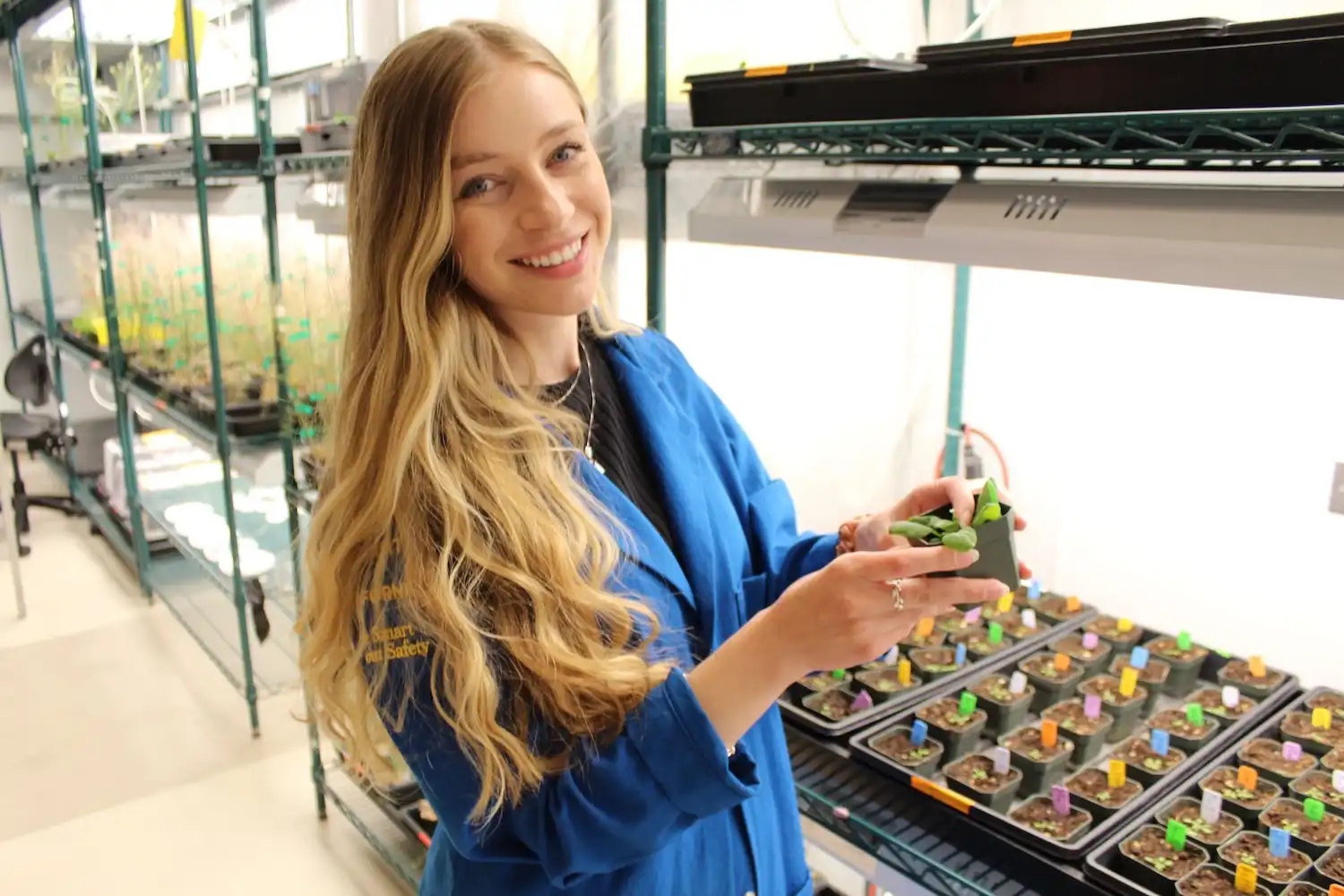
Parasitic weeds devastate crops in food-insecure regions by hijacking plant signals. Scientists have found a way to trick these weeds into germinating when no host is present, causing them to die. Using engineered microbes, they’re producing key plant hormones to potentially turn this natural system into a powerful defense.


